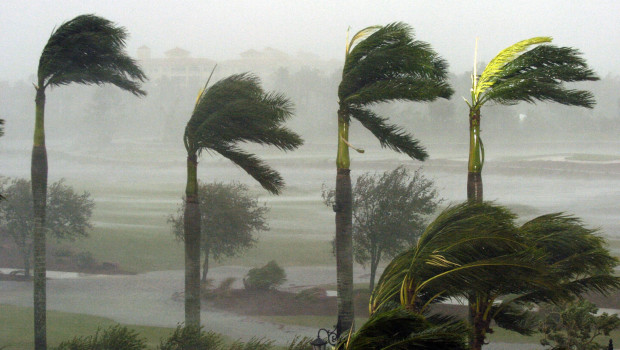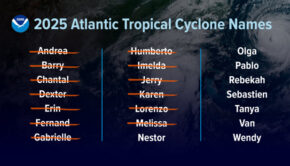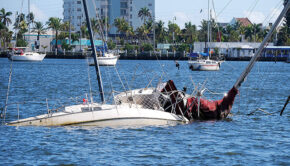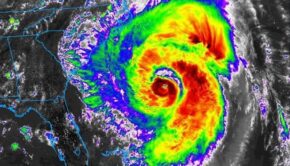Hurricane Forecast: Below-Average Activity Predicted
Published on April 9th, 2015
Early forecasts for 2015 Atlantic tropical storm and hurricane season, which extends from June 1 to November 30, are annually issued before each season by noted hurricane experts Philip J. Klotzbach, William M. Gray, and their associates at Colorado State University (CSU); and separately by National Oceanic and Atmospheric Administration (NOAA) forecasters.
While NOAA will release its 2015 hurricane season outlook in May, the CSU team issued their 32nd annual report on April 9…
We anticipate that the 2015 Atlantic basin hurricane season will be one of the least active seasons since the middle of the 20th century. It appears quite likely that an El Niño of at least moderate strength will develop this summer and fall. The tropical and subtropical Atlantic are also quite cool at present. We anticipate a below-average probability for major hurricanes making landfall along the United States coastline and in the Caribbean.
Despite the forecast for below-average activity, coastal residents are reminded that it only takes one hurricane making landfall to make it an active season for them. They should prepare the same for every season, regardless of how much activity is predicted.
Information obtained through March 2015 indicates that the 2015 Atlantic hurricane season will likely have much less activity than the median 1981-2010 season.
We estimate that 2015 will have only 3 hurricanes (median is 6.5), 7 named storms (median is 12.0), 30 named storm days (median is 60.1), 10 hurricane days (median is 21.3), 1 major (Category 3-4-5) hurricane (median is 2.0) and 0.5 major hurricane days (median is 3.9).
Why issue extended-range forecasts for seasonal hurricane activity?
We are frequently asked this question. Our answer is that it is possible to say something about the probability of the coming year’s hurricane activity which is superior to climatology. The Atlantic basin has the largest year-to-year variability of any of the global tropical cyclone basins. People are curious to know how active the upcoming season is likely to be, particularly if you can show hindcast skill improvement over climatology for many past years.
Everyone should realize that it is impossible to precisely predict this season’s hurricane activity in early April. There is, however, much curiosity as to how global ocean and atmosphere features are presently arranged as regards to the probability of an active or inactive hurricane season for the coming year. Our new early April statistical forecast methodology shows strong evidence over 29 past years that significant improvement over climatology can be attained. We would never issue a seasonal hurricane forecast unless we had a statistical model developed over a long hindcast period which showed significant skill over climatology.
Complete report here.









 We’ll keep your information safe.
We’ll keep your information safe.